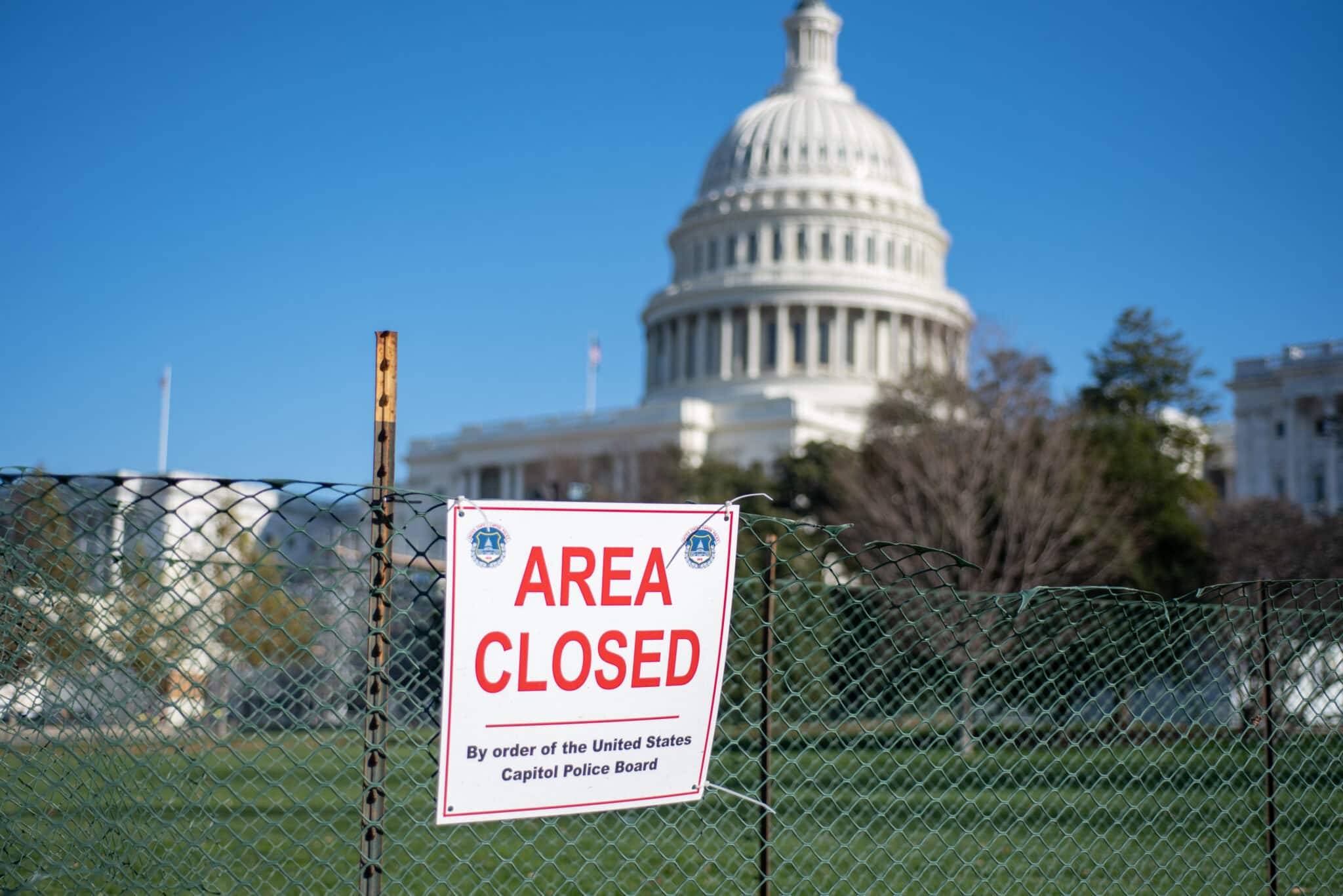Hurricanes Helene and Milton underscore the increasing strain on federal disaster response resources as storms become more frequent and severe due to climate change. While the Disaster Relief Fund (DRF) is funded for now, it is likely going to need additional resources in the near future. The National Flood Insurance Program (NFIP) is already insolvent, and Milton in particular is likely to add more strain on the program. To better prepare for future disasters, Congress must prioritize reforms and invest in mitigation efforts—measures that will save money long-term and improve resilience to climate-related disasters.
Earlier this year, the National Oceanographic and Atmospheric Administration (NOAA) predicted an 85 percent chance of an above average hurricane season. This raised alarms among budget watchdogs and insurance analysts alike. But as the season progressed, after major storms like Beryl and Debby the pace slowed in August, leading some to question NOAA’s forecast. That changed in late September, when hurricane season returned with a vengeance, marked by two particularly destructive storms: Category 4 Helene and Category 3 Milton. Their rapid succession has placed disaster planning and preparedness back in the national spotlight.
Despite criticism from bad faith actors on both sides, FEMA has enough resources to respond to these storms—for now. Storms like Helene and Milton overwhelm states’ capacities, triggering a federal response. When a state’s governor requests a major disaster declaration, the president’s approval unlocks a number of powerful tools, including access to the DRF and activation of federal personnel including the National Guard to assist with rescue and recovery efforts.
Lawmakers included $20 billion for the DRF in FY2024 and the extension of government funding into FY2025 replenished it with another $20 billion, but recent history has shown that this won’t be enough. Between 2010 and 2019, the U.S. experienced 131 billion-dollar weather and climate disasters—an average of 13 per year. By September 2024, the U.S. had already experienced 20 such events severely depleting the DRF. If not for the lull in storms in August it would have been exhausted. Complete October data isn’t even available yet because of Hurricane Helene’s impact on NOAA’s National Center for Environmental Information in Asheville, North Carolina. With two hurricanes rapidly depleting FEMA’s resources, Congress will need to pass supplemental funding for these recovery efforts when they return after the election, if not sooner.
Changing how we budget for disaster relief will allow for better preparation and recovery efforts and reduce reliance on supplemental injections of funds. The Budget Control Act of 2011 introduced a special adjustment to the federal budget that allowed for disaster relief funding beyond normal budget limits. This “allowable adjustment” helped account for disaster costs in annual budgets, reducing the need for emergency supplemental appropriations. But it is backward looking and as the costs of disasters increase, allowable adjustment may need to as well. Counting possible disaster costs in the budget is more responsible than relying on unbudgeted emergency supplementals.
The DRF is not the only program strained by more frequent and intense natural disasters. The National Flood Insurance Program (NFIP) is under increasing pressure from worsening floods in areas previously considered low risk. Flood insurance premiums are supposed to cover total losses, but they haven’t for years. The NFIP has turned to a line of credit with the Treasury, leaving it $21 billion in debt to taxpayers, even before these most recent hurricanes.
Part of the issue is that the NFIP has historically kept premiums artificially low, making coverage affordable but also encouraging riskier development and discouraging mitigation, which in turn leads to higher losses and more need to borrow from the Treasury. Reforms like FEMA’s Risk Rating 2.0, which seeks to set insurance rates based on actual risk, includes more accurate flood mapping, and other reforms, help, but these efforts will take time to show results.
There is also the problem of low flood insurance uptake. For example, during Hurricane Helene, Buncombe County, North Carolina—home to Asheville—had just 447 flood insurance policies for nearly 39,000 households. This despite many homes being built within the so-called 500-year floodplain—a term better understood as indicating there is a 0.2 percent chance of flooding in any given year. Currently, people are only required to purchase flood insurance if their property has an annual 1 percent or greater chance of flooding. As a result, only the highest-risk properties tend to be insured, which poses a threat to NFIP’s solvency, especially when storms like Hurricane Milton hit vulnerable areas. Expanding insurance requirements could bring more revenue into the program, reduce federal disaster expenses, and protect lower risk – but still vulnerable – properties. As FEMA press secretary Daniel Llargues said, “If it rains somewhere, it can flood.”
While recovery efforts are important, better mitigation is essential. Reports from the Congressional Budget Office (CBO) have found that flood mitigation projects by the Army Corps of Engineers and FEMA could save between $2 and $6 in future disaster spending for every dollar invested now. Proactive disaster response—”pre-sponding”—can reduce the damage from future storms, despite their increasing intensity and frequency due to climate change.
Storms such as Helene and Milton are harbingers of the effects of climate change. Despite the politicization of these tragedies, the federal response has so far met its goal of providing the necessary aid. But as these storms become more frequent, it will be critical for the federal response to adapt to the changing needs and ensure that mitigation efforts receive adequate funding. Investments made today will pay off in the future—if Congress has the will to make the right choices now.










